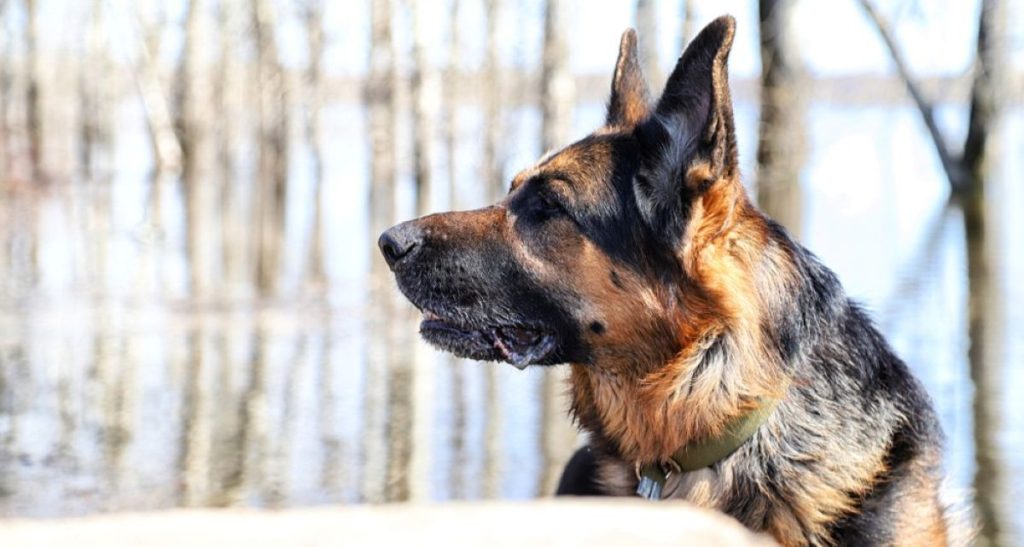The dogs are gradually conditioned to respond to drones, starting with a simple toy attached to a UAV.
Others are reading now
The dogs are gradually conditioned to respond to drones,
A New Dimension To Modern Warfare

The Russian military has begun using specially trained dogs to detect unmanned aerial vehicles (UAVs).
The technique, reportedly capable of spotting drones up to 400 meters away, adds a new dimension to modern battlefield strategy.
Dogs That Detect Drones from 400 Meters
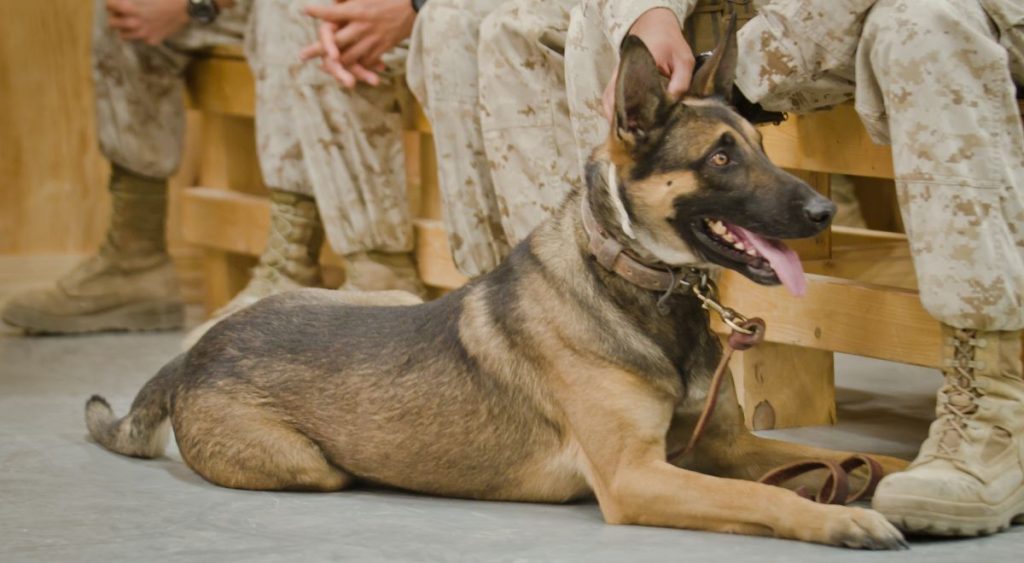
According to Russian military sources and Lenta, trained service dogs can now detect flying drones from distances of up to 400 meters.
Also read
The breakthrough comes from the 470th Training Centre for Service Dog Breeding, a specialist military unit under the Russian Armed Forces.
Training Begins with Play
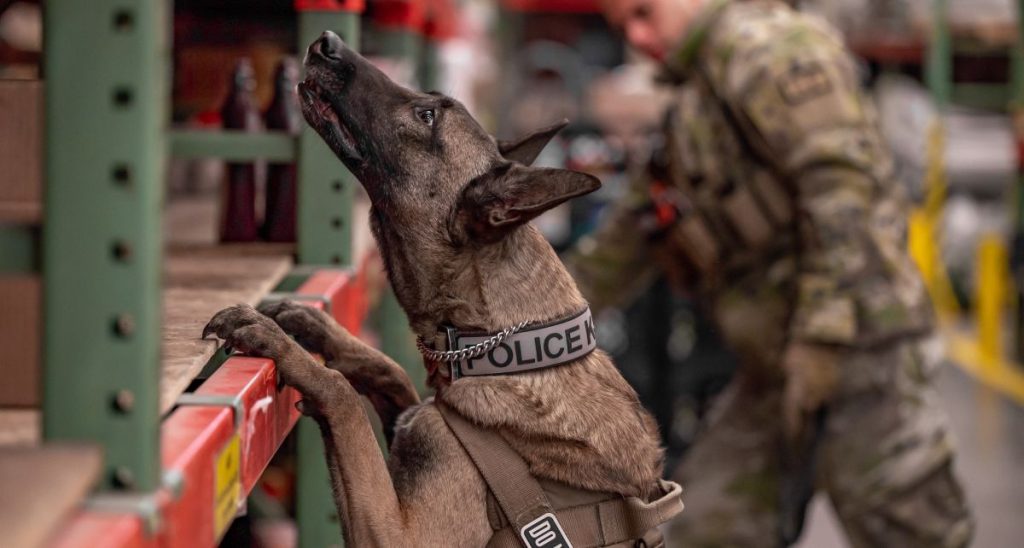
The dogs are gradually conditioned to respond to drones, starting with a simple toy attached to a UAV.
As the dog’s interest in the object grows, trainers remove the toy and begin flying the drone at increasing heights and distances, teaching the animals to associate the aircraft’s presence with a positive stimulus.
Which Breeds Are Best?

Not all dogs are cut out for drone detection.
Lieutenant Vladimir Zherdev, commander of the training center, says the most successful breeds include Belgian Malinois, German Shepherds, and East European Shepherds, known for their agility, intelligence, and strong focus.
Tactical Uses in the Warzone

Lieutenant Alexander Varezhkin, another officer involved in the program, told Russian media that these canine units could be deployed in active combat zones, including the “special military operation” areas, Russia’s terminology for the ongoing war in Ukraine.
Part of a Broader Anti-Drone Strategy
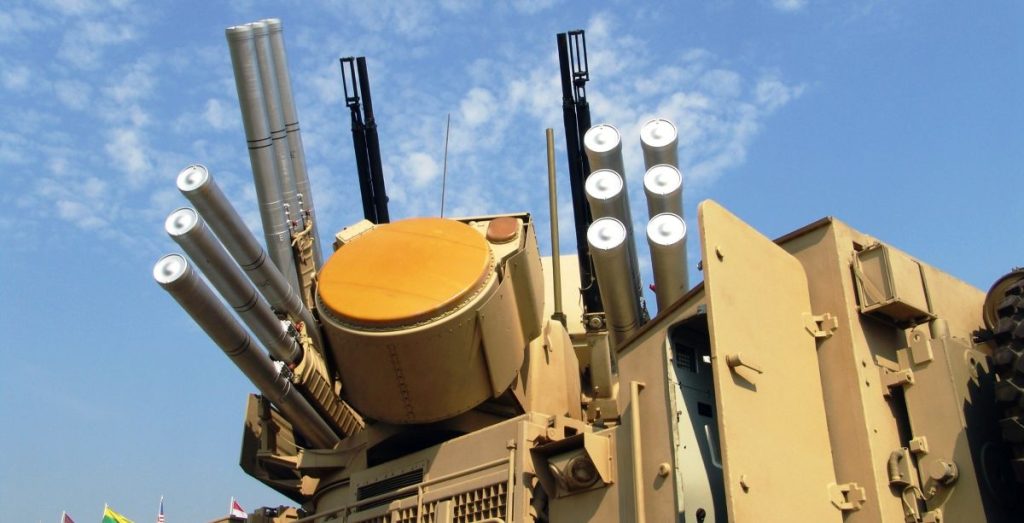
These trained dogs are just one part of a wider Russian initiative to counteract enemy drones.
In recent years, Russia has also developed advanced jamming systems and electromagnetic weapons aimed at neutralizing UAV threats.
Dolphins in Crimea?
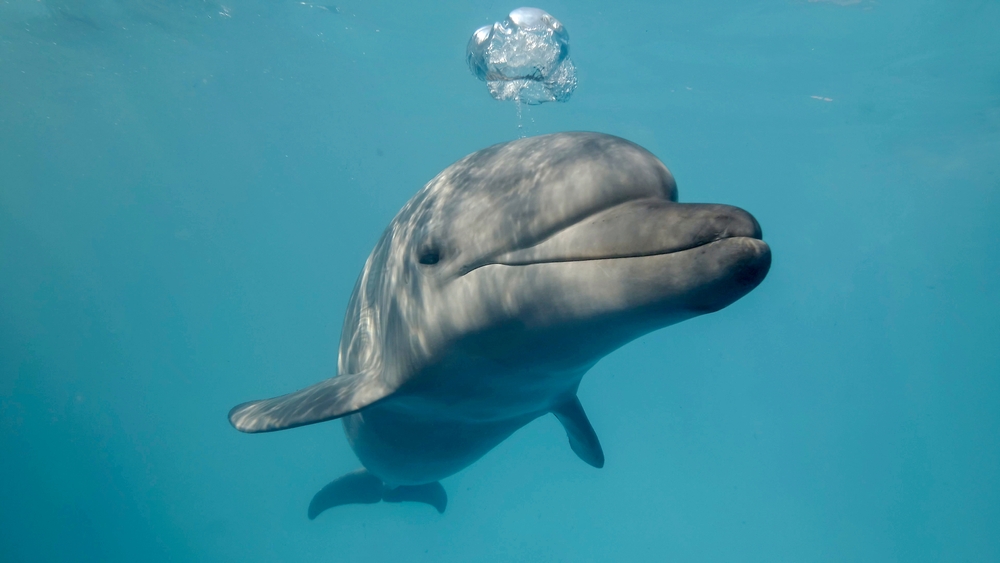
This isn’t the first time Russia has turned to animals for tactical advantage.
In 2023, Naval News reported that combat dolphins had been deployed in Crimea to help guard against Ukrainian special forces, another example of biological assets being adapted for military use.

